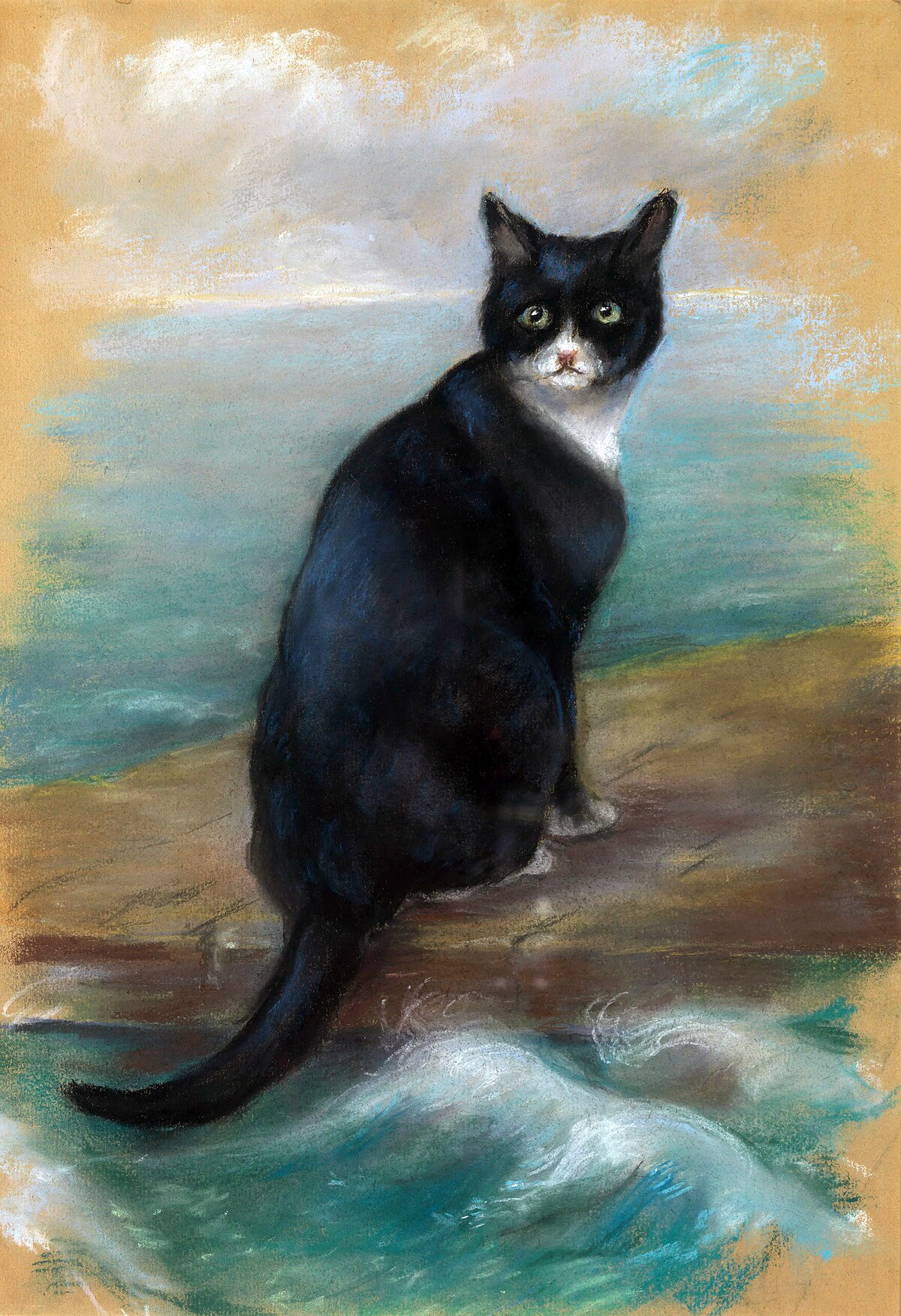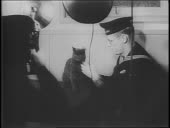We can't forget Nellie, Lee's chicken! She was something of an unofficial mascot - the ANV didn't move until she was secured someplace. This hen took a liking to Gen Lee, using his tent freely and laying eggs under his cot. He usually left the flap up so she could get in. It was a good deal - she was safe and he got eggs for breakfast. Alas, one day she became the main course in a meal for guests. Lee had a new cook who didn't know about Nellie and, well, a chicken dinner was in order!
Lee was one for making a pet of anything from cats to rattlesnakes. Once he got a particularly difficult kitten while stationed in Texas...it turned out to be an ocelot!

 www.atlasobscura.com
www.atlasobscura.com


 en.wikipedia.org
en.wikipedia.org




 peek-01.livejournal.com
peek-01.livejournal.com

 www.zmescience.com
www.zmescience.com

 en.wikipedia.org
en.wikipedia.org


 thecinemaholic.com
thecinemaholic.com




